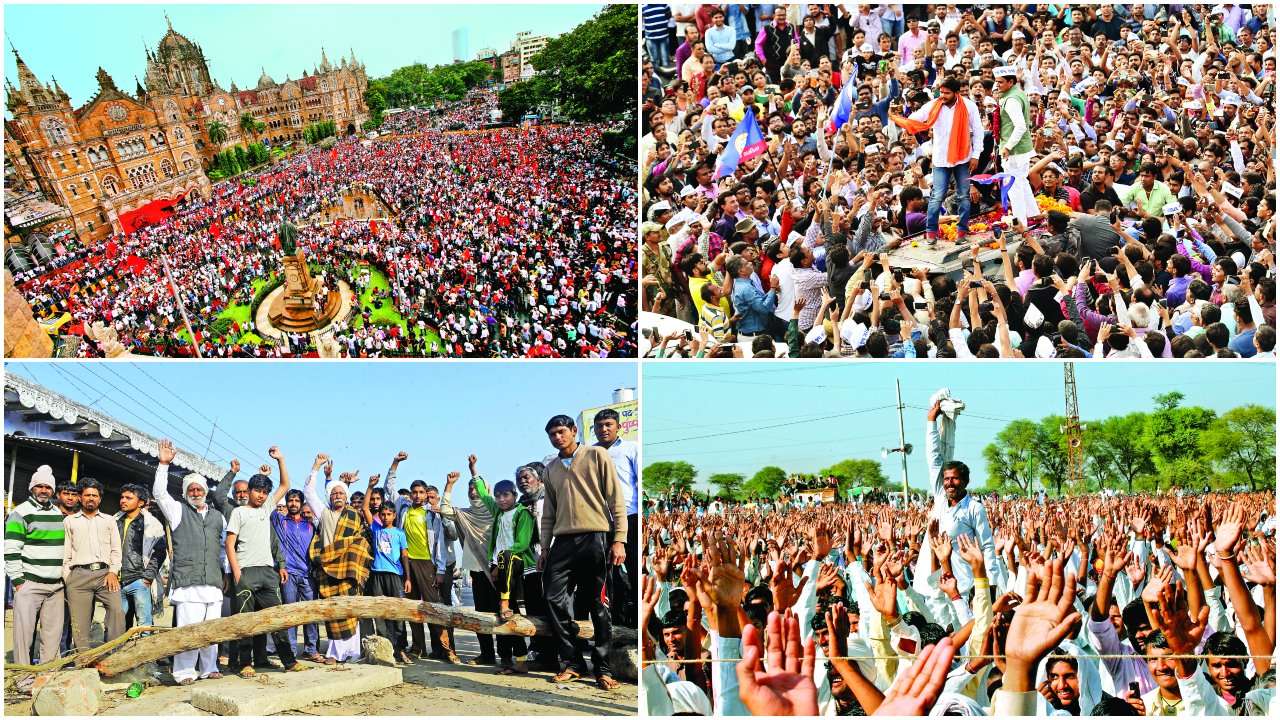
It was the British which brought in the caste-based reservation to India. While India got freedom from the British in 1947, the reservation system stayed on.
There is possibly no more belligerent an issue in India than reservation.
Over the years, India has seen the bloodiest riots and protests in this regard. The Supreme Court of India had ruled in 1992 that reservations could not exceed 50 per cent. Anything over 50 per cent would be termed as violating equal access. In some states, however, this figure has been altered. For instance in Tamil Nadu, the caste based reservation system is at 69 per cent. Many attempts, (like the ones we are seeing currently in Maharashtra) have been made to increase this figure, but it has met with little success.
It was the Mandal Commission report which sparked the first aggressive protests in modern times. In 1980, The Commission recommended that members of Other Backward Classes (OBC) be granted reservations to 27 per cent of jobs under the central government and public sector undertakings, thus making the total number of reservations for SC, ST and OBC to 49 per cent.
VP Singh, when he assumed power, tried to implement this report in 1990 but it was met with rioting students and self-immolations.
Protests for and against reservations continue even today.